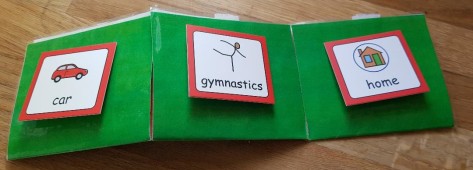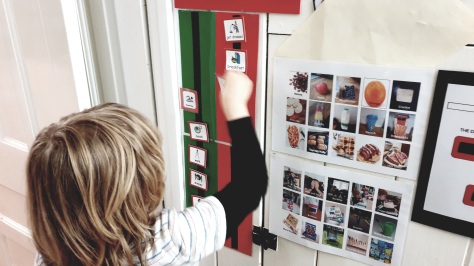We are at that stage in my son’s life. That phase where he looks more like a cage fighter than my little blonde haired cutie.
He parts his lips to smile at me, but I am met with a gappy mouth. The loss of his top and bottom two teeth in the space of two weeks, has left him looking like (well if he was ten years older) someone you would not want to meet in a dark alley!
The first tooth loss came and went, with no fuss and was a pretty much a non-event. But things have changed.
Rhys stood this evening and watched his reflection in the window. The massive gap in his teeth reflecting back at him. He continued to babble, phrases from Hey Duggee and Peppa Pig flowing from his mouth in his own little muddled up conversation. He watched his mouth move and the gap flashing back at him from the temporary mirror. As he spoke, the words were interrupted with sobs and gasps for air. Tears flowed down his cheeks, and turning his face to me he whimpered “I’m sad”.
“Why you sad, Rhys?” I asked, trying to take him in my arms, but the comfort wasn’t accepted, and he pulled away, turning to communicate his pain to me with his hands, the words unable to roll off his tongue.
Then placing his fingers to my mouth, he tried to pull at my teeth. His tears rolling further down his face.
“Rhys, teeth will come back” I said, realising his confusion at the change that had happened so quickly. I looked to the table and saw his uneaten dinner. The feeling of biting into his crackers had put him off his food. Lunch lay untouched in the kitchen from earlier, a little boy who couldn’t face the strange sense in his mouth continued looking at me with confusion.
Once Rhys had realised that I understood why he was sad, he let me take him in my arms. He let me cuddle him, while his tears continued to fall.
To my other children the joy of a little fairy bringing a gold coin, in exchange for their teeth, is an event that they will wiggle every second of the day to bring closer. For Rhys, the exchange of money for his pearly whites, is a bizarre concept he is unable to comprehend. To Rhys he has no teeth where there used to be, and that is upsetting.
Rhys’ bottom teeth are coming through, his top gap is just gums. It is a change to the norm, and it will take some time to adapt to.
For now, cuddles are unlimited, while we step through another change in this scary thing called life!
I now just need to go and pull on my fairy wings and grab a bag of chocolate coins. Because chocolate makes everyone a little bit brighter.
🦷🦷🦷🦷🦷🦷🦷🦷🦷
Like, share, comment below.










